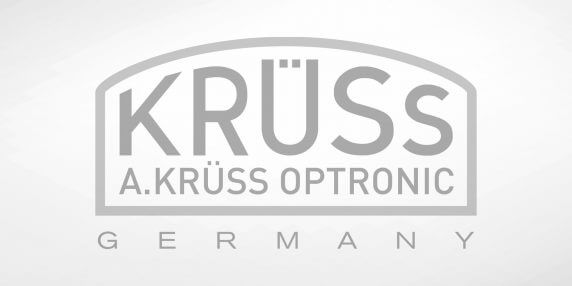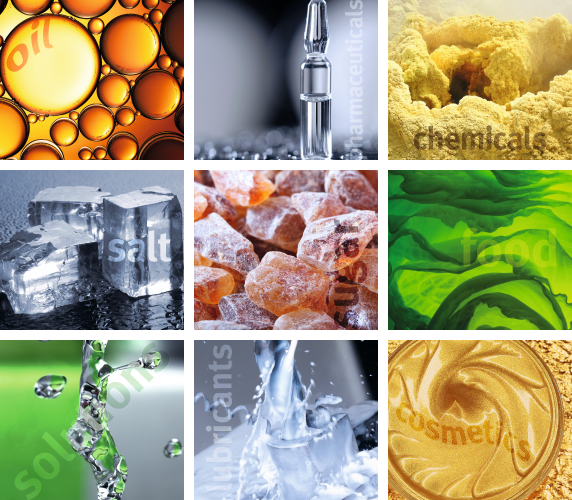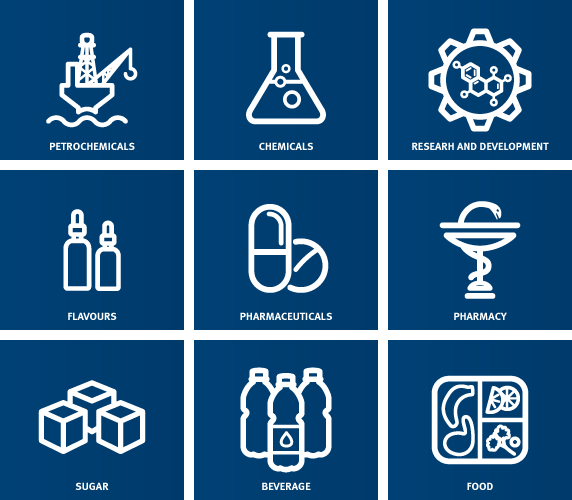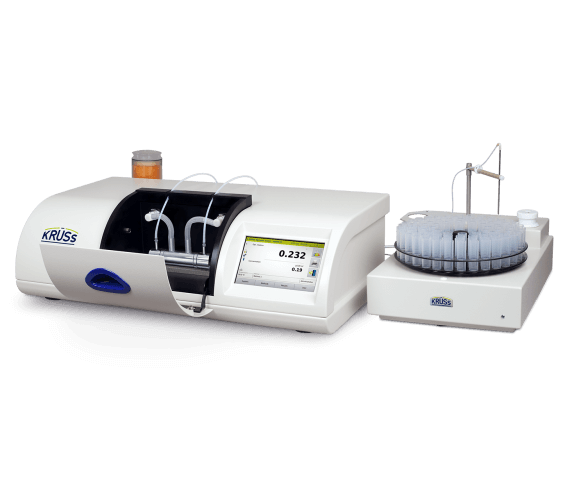Polarimetry
Chiral substances may rotate the plane of polarized light, when it is transmitted. In which way do measurement technology use this property and what are the underlying physical fundamentals? And how does a polarimeter detect this angle of rotation and determine the concentration or purity of a substance? Here you can learn more: In which ways do polarimeters use automated applications for measurement procedures in compliance with standards? And what kind of samples can be measured? Which instrument fits to the required area of application?
INFOBOX POLARIMETRY


Optical activity / Chirality / Enantiomers
Optical activity describes the ability of certain substances to rotate the plane of polarized light as it passes through. There is a distinction between clockwise and counter-clockwise substances.
Chirality – chiral substances have molecules which can take up different spatial arrangements (configuration isomerism). Optical activity is a property unique to chiral substances, for example 2-butanol, which exists as two mirror-image isomers, or enantiomers.
Enantiomers are chiral molecules. They are non-superimposable mirror images of each other. Enatiomers are attached in the exact opposite order of each other. All compounds having such a structure are optically active.

Polarisation of an electromagnetic wave
Polarisation of an electromagnetic wave describes the direction of its oscillation. A wave packet consisting of many electromagnetic waves is normally unpolarised. If waves have only one plane of vibration, they are called polarised. The human eye cannot distinguish polarised light from unpolarised.

Optical rotation
Optical rotation is the angle through which the plane of polarisation is rotated when polarised light passes through a chiral substance. It can be determined experimentally with a polarimeter.

Specific rotation angle
The “specific rotation” is a substance specific property. At a given wavelength of light λ and temperature t, that is a constant for each optically active substance. With known concentration c and length of the sample l, then the so-called specific rotation angle of a substance at the wavelength of light λ and temperature t, can be determined.
The specific rotation results, in a very simple mathematical way, from the reference values of the optical rotation – meaning the actual measured value – and the tube length and the concentration of the sample. The specific rotation angle of a sample should not be mistaken or put in the same way as the optical rotation angle. For better comparability, specific rotation is always given in the literature with reference to the standard conditions for the wavelength of light (λ = 589nm) and temperature (t = 20.0°C).

Quartz
Quartz crystals are very stable optically active substances. Different to many liquids and mixtures, their rotating properties do not change much over time.
This makes them to be used as ideal reference materials. The so-called quartz control plates – i.e. tubes with a fine quartz disc in their inside – have precisely determined rotation angles and therefore they are unsurpassed tools for the calibration and adjustment of polarimeters.




